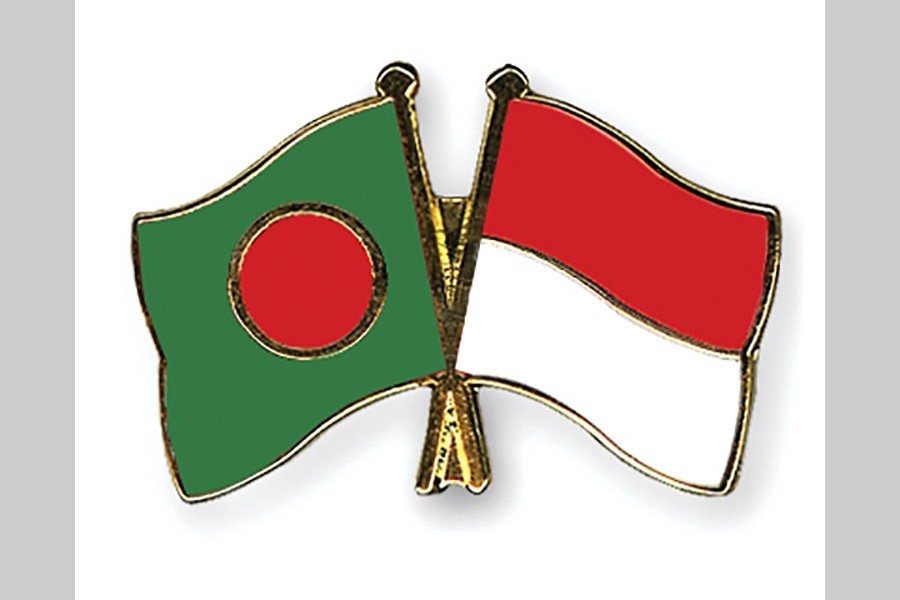Both Bangladesh and Indonesia are all set to submit a list of as many as 300 products to each other for duty-free access to their respective market under a preferential trade agreement (PTA). The initiative taken by the two brotherly countries augurs well for the economies of both. Trade between the two countries amounted to $1.97 billion in 2018. Clearly the volume of trade between them was not up to the mark, it could have been much more. Significantly, the trade volume of 2018 registered a 48 per cent growth since 2014. The indication is clear: until recently somehow or the other, bilateral trade did not receive the attention it deserves. Increasing size and diversity of both the economies perhaps explain the late but accelerated impetus to trade between the two countries.
Politically and culturally Bangladesh and Indonesia have many things in common. The two countries are also more or less on a par when it comes to the stage of socio-economic development. However, Indonesia with a total area of 1,905,000 square kilometre is about 13 times larger than Bangladesh with an area of 147,570 sq kilometre. In terms of population size too, Indonesia boasts about 100 million more people than Bangladesh's estimated population of 160 million. So Indonesia's is a far larger market than that of Bangladesh. On that count, this country's access to such a large market - and this too duty-free - is a most positive economic development. Now the two countries are looking for the commercial advantage they are likely to have over their competitors in exporting agricultural goods and manufacturing commodities. A thorough assessment of the trade partner's requirements is well in order for finalising a list of commodities for which they will seek duty-free access.
Bangladesh's strong points are jute and jute goods, leather products and knitwear garments. Following the invention of jute polythene sheet which is degradable unlike artificial or chemical polythene bags, jute's commercial viability has increased several times. Indonesia has shown that it cares for environment more than many countries. This particular jute bag may enjoy a market in that country. Again, Bangladesh has advanced a long way in manufacturing pharmaceutical products. Pharmaceutical companies here have started exporting medicines to countries like the United States of America. This has remained an untapped area so far as export to countries like Indonesia is concerned. Bangladesh has become a large producer of plastic and ceramic products too. In this case instead of one-time plastic goods, the multiple-use type may be considered. Ceramic utensils may be enlisted next.
The fact is both countries have compulsions to diversify their trade and commerce. At a time when trade war across the Pacific is threatening smaller economies, countries like Indonesia and Bangladesh must advance their interests to mutual benefits. Bangladesh with a small geographic area has little option for heavy industry except perhaps ship-building. To its credit, a few companies here have successfully built ocean liners for countries like Germany. So, it would be most fitting if the two countries pursue trade policies with a view to raising their bilateral trade manifolds, step by step.


